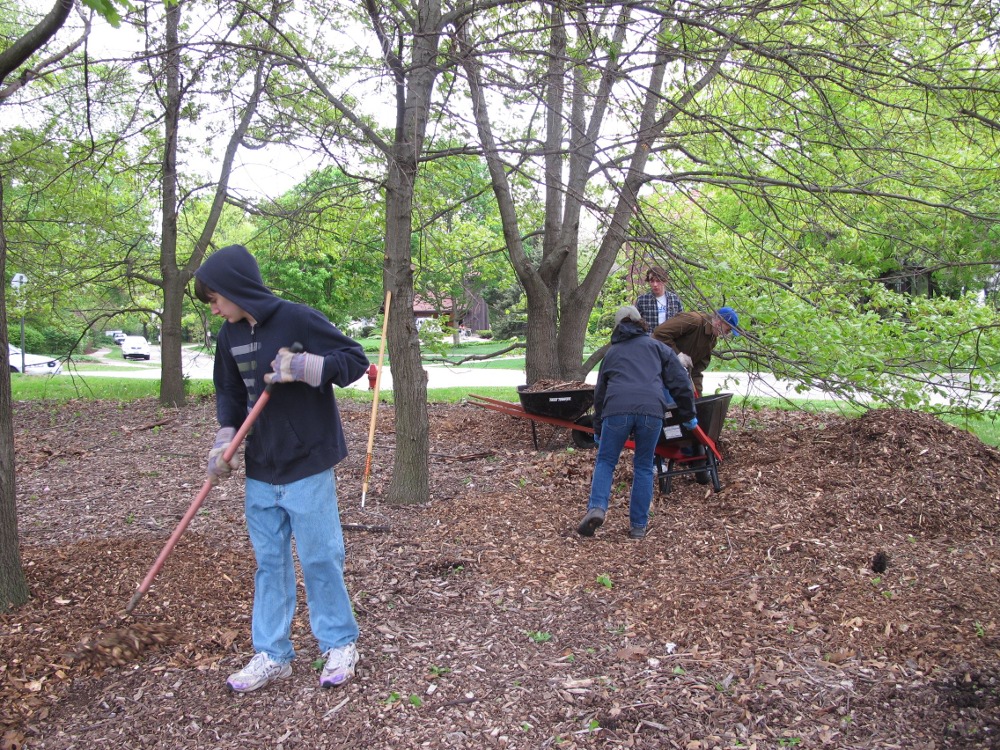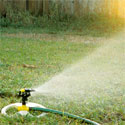
by Larry Williams | Apr 7, 2016

Watering to establish lawn
When watering to establish a lawn or when renovating (redoing, patching, reestablishing, starting over, etc.) a lawn, we normally call for 2-3 “mists” throughout the day for the first 7-10 days until roots get established. These are just 10 minute bursts. Then back off to once a day for about ½ hour for 7-10 days. Then go to 2-3 times a week for about 7 days. By then your lawn should be established.
Of course, if we are experiencing adequate rainfall, you may not need to irrigate. Rain counts. But in the absence of sufficient rain, you’ll need to provide enough water at the correct time to allow your new sod to root – hence, the above directions.
A well designed and correctly installed irrigation system with a controller, operated correctly, really helps to achieve uniform establishment. It can be very difficult or impossible and inconvenient and time consuming to uniformly provide sufficient water to establish a lawn with hose-end sprinklers, especially if the lawn is sizeable and during dry weather. Most people are not going to do the necessary job of pulling hoses around on a regular basis to result in a well established lawn.
There is no substitute or remedy for incorrect irrigation when establishing a brand new lawn or when renovating an entire lawn or areas within a lawn.
It would be wise to not invest the necessary time and money if the new lawn cannot be irrigated correctly. Taking the gamble that adequate (not too much, not too little) rainfall will occur exactly when needed to result in a beautiful, healthy, thick, lush lawn is exactly that – a gamble.
An irrigation system is nothing more than a tool to supplement rainfall. As much as possible, learn to operate the irrigation controller using the “Manual” setting. It is also wise and is state law to have a rain shutoff device installed and operating correctly. The rain shutoff device overrides the controller when it is raining or when sufficient rainfall has occurred. Rain shutoff devices are relatively inexpensive and easily installed. Also, a good rain gauge can be an inexpensive tool to help you monitor how much rain you’ve received. Rain counts.
Too much water will result in rot, diseased roots and diseased seedlings and failure. Too little water will result in the sod, seedlings, sprigs or plugs drying excessively and failure to establish. The end result at best is a poorly established sparse lawn with weeds. Or complete failure.
For additional information on establishing and maintaining a Florida lawn, contact your County UF/IFAS Extension Office or visit http://hort.ufl.edu/yourfloridalawn.
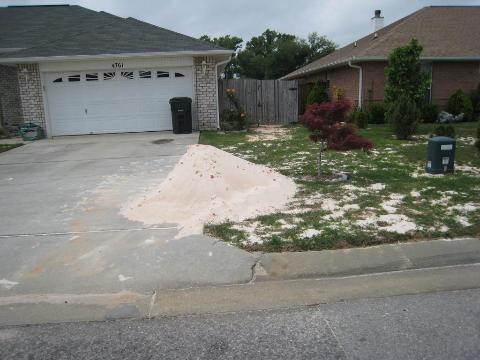
by Larry Williams | Mar 11, 2016
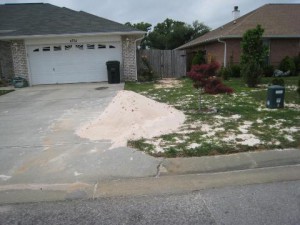
Topdressing material should be weed and nematode-free. Photo Credit: Bryan Unruh, UF/IFAS Turfgrass Specialist.
Q. I see some folks putting a layer of lawn dressing (usually sand) on their lawns in the spring. What’s the purpose for this and is it a good practice?
A. Routinely applying a layer of soil or sand to a lawn can cause more damage than good. This practice is sometimes referred to as topdressing. You can introduce weed seeds, nematodes and even diseases with some sources of lawn dressing. Basically, the only reasons to apply a layer of soil or sand to a lawn are to fill in low areas or bare areas, as a method of dealing with an identified thatch problem or possibly to cover surface tree roots.
Topdressing your lawn with sand on a regular basis is not a recommended practice.
Topdressing soil should be free of weeds and nematodes (sterilized is ideal) and should be of the same soil type (texture) as that on which the turf is currently growing.
While minor low spots can be corrected this way, you can easily overdo it and smother your lawn. Using topsoil from an unknown source may introduce undesirable plants and weeds into the landscape, creating additional work and expense to correct the problem.
It can be difficult to evenly spread the sand in a timely manner. Homeowners start with the best intentions of spreading the sand consistently and finishing by the end of the day only to find that the job is slow and difficult. The sand pile remains in the same spot for days, or longer, shading out and frequently killing the grass below. Once the initial enthusiasm wanes, just trying to reduce the mountain of sand overcomes the objective of spreading it consistently and evenly over the lawn. The end result is dozens of small mounds of sand all over the lawn.
To fill a low spot, shovel the sand, no more than about an inch or two deep, into the area. It’s best to maintain the lawn normally until the grass has grown on top of the first layer. Repeat until the low spot is filled.
Homeowners are sometimes convinced that topdressing will improve the condition of their lawn by increasing the spread and thickness of their turf.
“Topdressing home lawns has minimal agronomic benefits” according to Dr. Bryan Unruh, University of Florida Extension Turfgrass Specialist. When asked his advice for homeowners on topdressing, his reply was “don’t”.
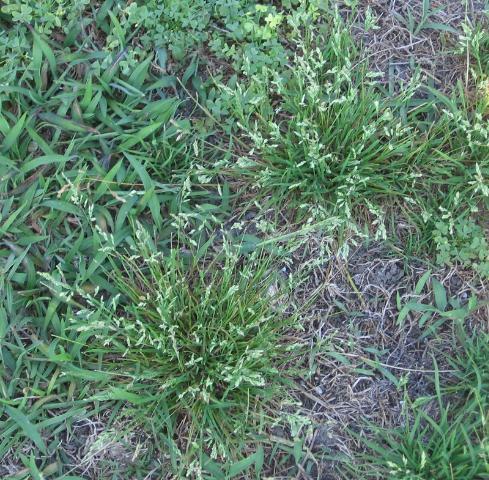
by Les Harrison | Feb 10, 2016
Weeds grow everywhere, especially in manicured lawns and landscapes despite the best efforts of owners who have spared no expense to remove the offending flora.
The reality, at least about the herbicides, is different from perceived appearances. Herbicides can be a wonderful tool for the homeowner, if applied properly.
The first point to remember about herbicides is to always, Always, ALWAYS apply them as instructed by the label directions. The oft quoted mantra of “the label is the law” is accurate.
Herbicides and their labeling are periodically reviewed and assessed to confirm effectiveness against target weeds without damaging the environment. Not following the label directions can have many negative implications for both the environment and the applicator.
Herbicides are either selective or non-selective when killing plants. Non-selective herbicides kill or damage every plant, but selective herbicides target a narrower range of plants.

Annual Bluegrass – Image Credit Larry Williams
Never apply herbicides when there is a breeze or wind. Herbicide drift can injure or destroy plants that are not the intended target.
High temperatures can contribute to the drift problem by volatizing some of the herbicide spray. Even the lightest air movement will cause drift off the target weeds when this condition exists. Herbicide drift can also be deposited in ponds and streams, harming the aquatic creatures that live there. Some herbicides are toxic to fish, insects and other animals that can be killed by tiny amounts of the active chemical. Additionally, the off target herbicides can kill aquatic plants. When the dead plants decay, they deplete the water of oxygen, again threatening or ending the life of the water’s residents.
Rain or dew resulting from high humidity can negate a herbicide’s application. If a leaf is wet, most or all the herbicide will run off on to the soil where it can leach into the water table.
Regular herbicides work only when the plant is actively growing. Pre-emergent suppresses the growth of the weed seedling above the soil level.
Many weeds have already produced seeds for next spring. Herbicides applied now will not affect the germination of that seed months from now.
The most effective strategy is to mow weeds before they set seed or to collect and destroy those which have already produced seed. Even with 100 percent success at eliminating this year’s weed seed crop, there will be weeds next year.
Some weed seed remain in the soil, sometimes for decades, only to germinate when conditions are perfect for their sprouting. Sickle pod and crotalaria are local examples of long term seed vigor.
Other seed can blow in or be dropped by wild or domestic animals passing through the property. A pre-emergent herbicide which stops germination can help control these latent invaders.
For more information:
Weed Management Guide for Florida Lawns
Chemical Weed Management
by Matthew Orwat | Feb 9, 2016

AGENDA
9:00-9:25 Opening Session: Introduction to lawn fertilization, when to fertilize and why proper timing is important, the importance of having a soil test
9:35-11:35 Four concurrent 25-minute sessions:
-
Soil profile example, soil texture example, soil test kits, soil test interpretation
-
Fertilizer spreader calibration
-
Fertilizer products for use on turf & landscapes
-
Enviroscape demonstration – Experience how fertilizers and other potential pollutants can contaminate our waterways
11:45-12:00 Closing Session – The importance of best management practices in fertilizer use
3 CEUs Available total : Urban Fertilizer (2), 482 Core (1) & Demonstration & Research (1)
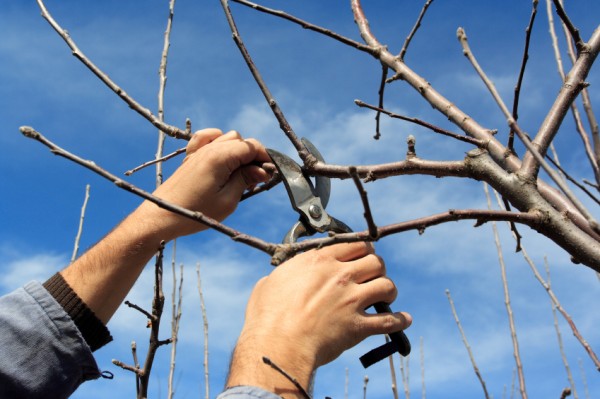
by Sheila Dunning | Dec 16, 2015
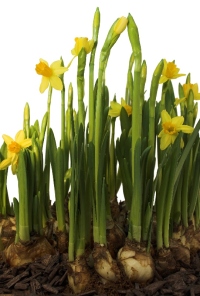
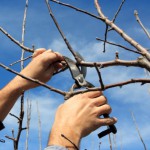 Though the calendar says December, the weather in Northwest Florida fluctuates between winter and spring temperatures. The nice days are wonderful opportunities to accomplish many of those outside landscape chores in preparation for spring. But, it is also a good time to start planning for next month’s colder temperatures. Since we don’t experience frozen soil, winter is the best time to transplant hardy trees and shrubs. Deciduous trees establish root systems more quickly while dormant; versus installing them in the spring with all their tender new leaves. Here are a few suggestions for tasks that can be performed this month:
Though the calendar says December, the weather in Northwest Florida fluctuates between winter and spring temperatures. The nice days are wonderful opportunities to accomplish many of those outside landscape chores in preparation for spring. But, it is also a good time to start planning for next month’s colder temperatures. Since we don’t experience frozen soil, winter is the best time to transplant hardy trees and shrubs. Deciduous trees establish root systems more quickly while dormant; versus installing them in the spring with all their tender new leaves. Here are a few suggestions for tasks that can be performed this month:
- Plant shade trees, fruit trees, and evergreen shrubs.
- Plant pre-chilled daffodil and narcissus bulbs (late December/early January).
- Do major re-shaping of shade trees, if needed, during the winter dormancy.
- Water live Christmas trees as needed and water holiday plants such as poinsettias as needed.
- Check houseplants for insect pests such as scale, mealy bugs, fungus gnats, whitefly and spider mites.
- Continue to mulch leaves from the lawn. Shred excess leaves and add to planting beds or compost pile.
- Replenish finished compost and mulch in planting beds, preferably before the first freeze.
- Switch sprinkler systems to ‘Manual’ mode for the balance of winter.
- Water thoroughly before a hard freeze to reduce plants’ chances of damage.
- Water lawn and all other plants once every three weeks or so, if supplemental rainfall is less than one inch in a three week period.
- Fertilize pansies and other winter annuals as needed.
- Protect tender plants from hard freezes.
- Be sure to clean, sharpen and repair all your garden and lawn tools. Now is also the best time to clean and have your power mower, edger and trimmer serviced.
- Be sure the mower blade is sharpened and balanced as well.
- Provide food and water to the area’s wintering birds.
